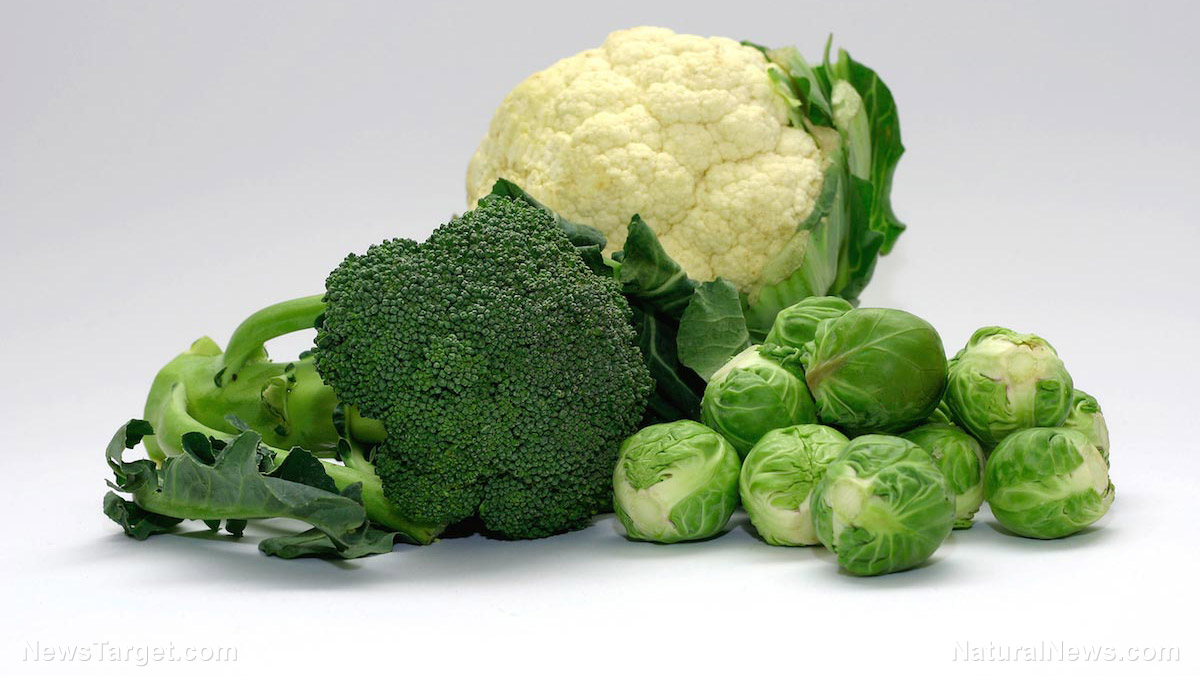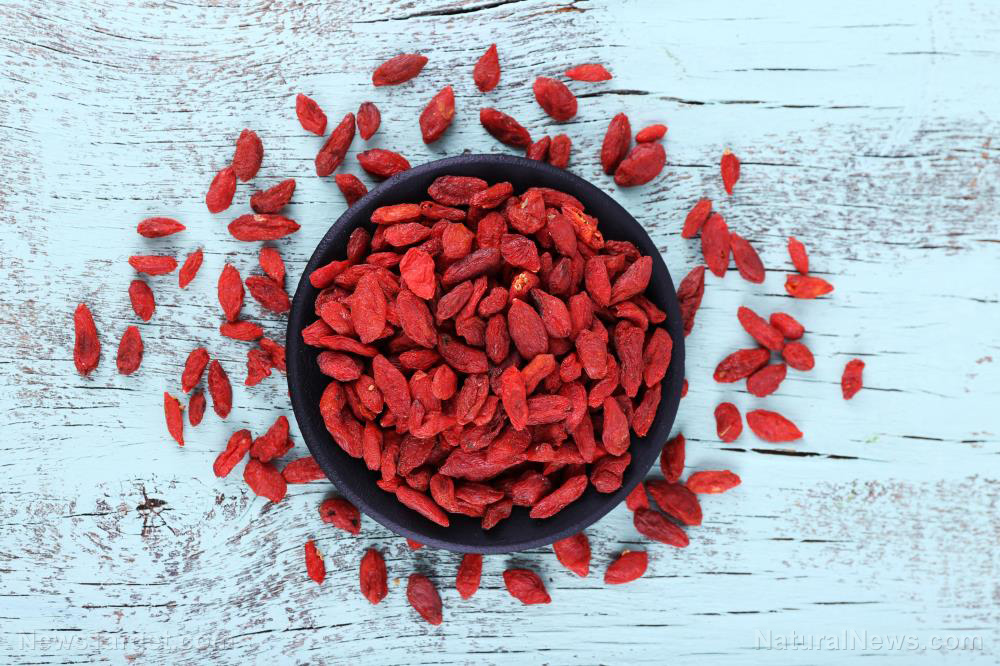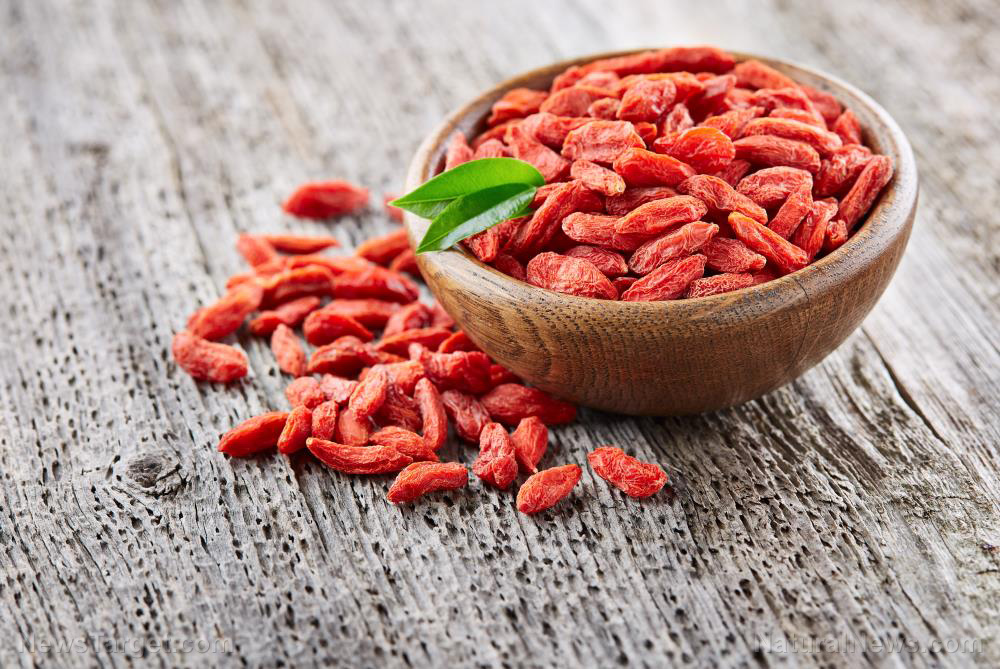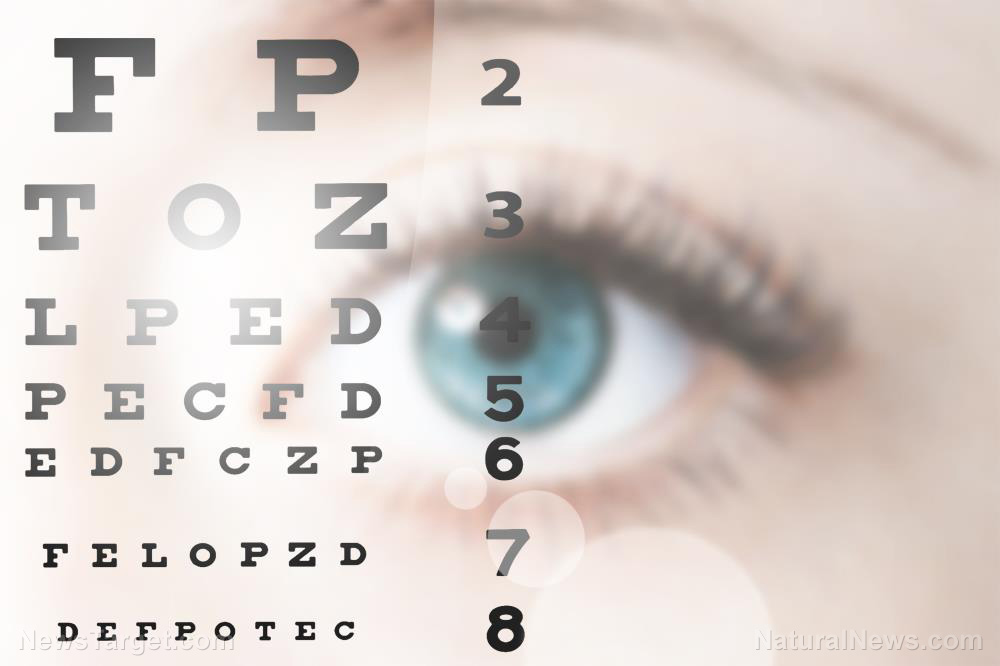
There’s a good chance that you know someone who suffers from age-related macular degeneration, and there’s a reasonable probability that you will also experience it one day. Experts say that a fifth of all adults aged 60 to 80 are experiencing some stage of AMD, which is the leading cause of blindness in those older than 50.
The condition is not inevitable; there are easy ways that you can minimize your chances of developing it. You might have chalked up the notion that carrots are good for your vision as being an old wives’ tale a long time ago, but research shows that some vegetables really can prevent and slow age-related macular degeneration.
Scientists from Johns Hopkins University School of Medicine studied the potential of a type of antioxidant and anti-inflammatory plant compound known as sulforaphane to determine whether it can help. Research has shown that it’s an anticancer compound that helps neutralize carcinogens before they damage cells, and its protective effects on eyes have also been an area of focus recently.
After studying human retinal pigment epithelial cells that were exposed to ultraviolet light, they found that those that had been pretreated with sulforaphane had dramatically less photo-oxidative damage, which they believe is a strong indication that it could protect people against AMD. Calling the compound “highly effective,” they pointed out that its natural presence in our diets means it’s quite likely to be safe.
Another study found that human lens cells that had been exposed to sulforaphane experienced less cell damage, DNA damage, and cell death while enjoying protection against a thickening of the lens that prevents light from getting through. They concluded that sulforaphane can protect the lens of the eye from oxidative stress while delaying cataract formation.
Sight-saving vegetables are easy to find
Where can you find this incredible vision-saving compound? Look no further than your garden or farmer’s market because it’s readily available in a variety of cruciferous vegetables.
The best source is broccoli sprouts, which contain as much as 50 times more sulforaphane then mature broccoli. Other good sources include cauliflower, kale, bok choy, watercress, Brussels sprouts, broccoli and arugula. Of course, you’ll want to seek organic varieties as these are the safest and most nutritious choices.
The best way to prepare these vegetables while keeping their natural levels of sulforaphane intact is by steaming them lightly. In fact, researchers have found that steaming broccoli actually makes its sulforaphane more biologically available. Blanching and freezing it, meanwhile, destroys an enzyme in the broccoli known as myrosinase, which makes the sulforaphane in the vegetable available to the body.
The ideal dosage of sulforaphane, which can also be found in nutritional supplements, has not yet been identified, but some natural health experts place it between 10 and 50 mg per day.
Carrots might pale in comparison when it comes to AMD, but they do support eye health, as do other bright yellow and orange foods rich in carotenoids such as sweet potatoes, squash and pumpkin.
In addition to getting nutrition right, you should also take a look at your lifestyle if you want to avoid losing your vision as you age. Smoking, having diabetes or heart disease, and excessive sunlight exposure all raise your risk of developing AMD.
See GrowYourMedicine.com for more stories about natural medicine you can grow in your own garden.
Sources for this article include:
Please contact us for more information.























